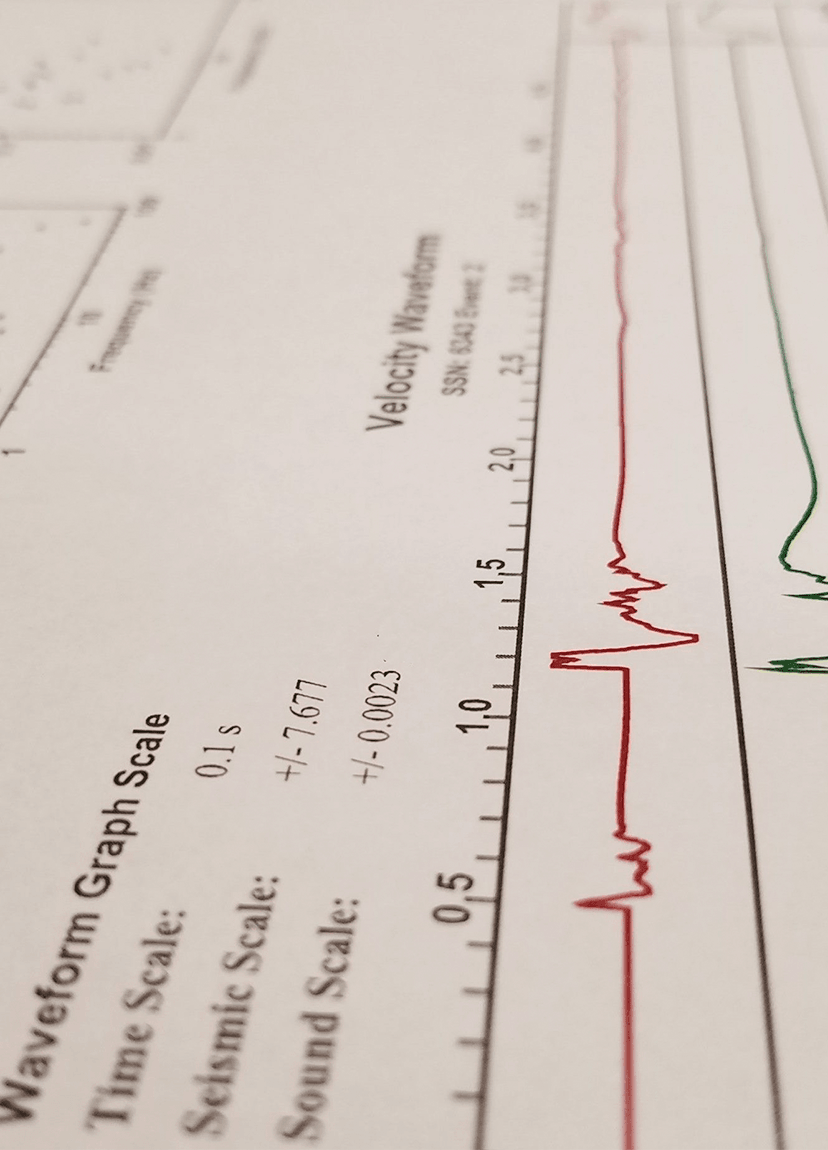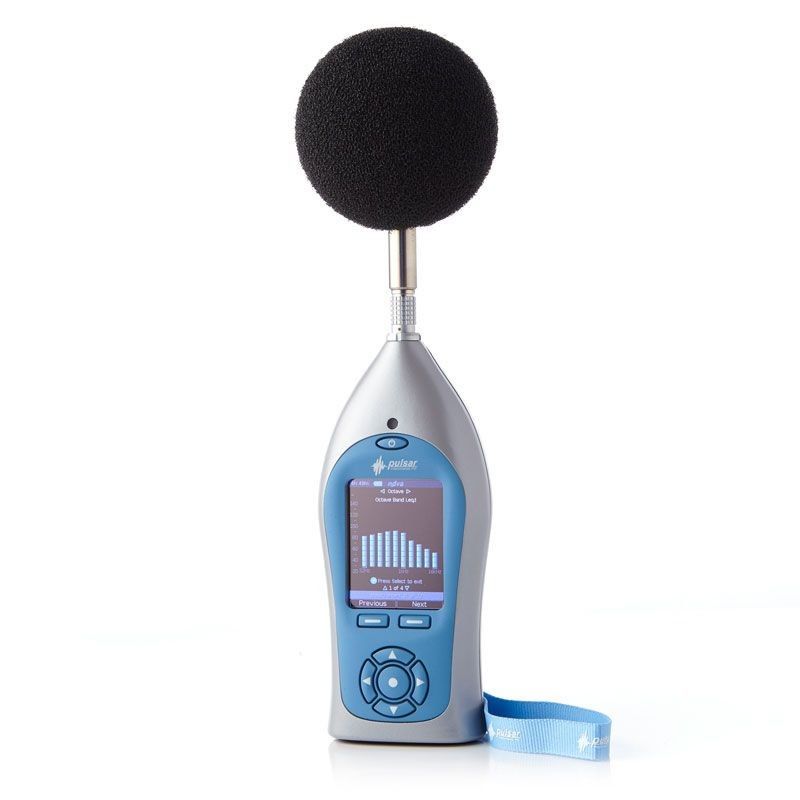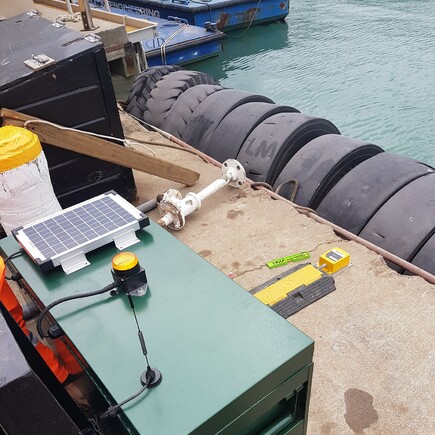Vibration and Sound Monitoring
Southern Geophysical specialises in vibration and sound monitoring, ensuring compliance and precision for diverse projects
Vibration Monitoring
We have the expertise to monitor the vibration activity from a work site and ensure that vibrations levels are maintained within the agreed vibration thresholds. Southern Geophysical can also provide a comprehensive vibration management plan ensuring there is expert advice before work begins.
Vibration monitoring is used to protect buildings and structures from excessive ground vibrations and ensures that any site works are within their consented limits allowing productivity to be maintained.
We have a large fleet of vibration monitors and have the capability to deploy these throughout New Zealand. Our vibration monitors are remotely accessed from our office in Christchurch, so we can keep a close eye on your project and provide up to date information on the vibration activity occurring on the work site. We can also provide real-time feedback with text message alerts sent to the client when a vibration event occurs. Monitoring time varies as necessary for each job and the team at Southern Geophysical can monitor anything from a few hours to long-term monitoring over several years.
Vibration monitors provide 24hour background monitoring and provide live feedback text responses to events approaching the vibration threshold. This provides our clients with real-time results and the ability to re-assess their work approach with informed decisions before proceeding or exceeding any legal limitations.
Documenting vibrations over time helps protect the project from unfounded allegations and complaints. Vibration monitoring provides quantitative evidence of compliance with all regulatory conditions.
Vibration monitoring is extremely effective where heavy-duty works are underway near commercial, residential or historical buildings. Such examples include:
Bridge construction
Construction activity
Demolition activity
Dynamic compaction
Environmental background vibration analysis
Heavy transportation
Pile Driving
Road construction
Tunnel and subway construction

Vibration Monitoring Standards
Vibration monitoring provides quantitative evidence of compliance with all regulatory conditions:
DIN 4150-3 Structural vibration – Effects of vibration on structures
BS 5228-2 Code of practice for noise and vibration control on construction and open sites - Part 2: Vibration
BS 6472-1 Guide to evaluation of human exposure to vibration in buildings.
We are happy to use Australian Texcel Pty Ltd vibration monitors
Sound Monitoring
Southern Geophysical use Pulsar Nova Class 1 sound monitors for environmental noise sound monitoring which meets UK and EU regulations for noise assessments.
Features:
A high performance integrating averaging sound level meter with additional key features including:
Audio recording, Audio Note, and Automatic Timers
Construction Noise Compliant (New Zealand NZS 6801 and NZS 6802).
Data Logging and AnalyzerPlus software
Range 20dB(A) to 140dB(A) & 143dB(C)
Real-time 1:1 Octave band filters
TWA/dose and Ln values
Applications:
Ideal for compliant occupational, industrial, construction noise assessments and environmental noise pollution measurements.






